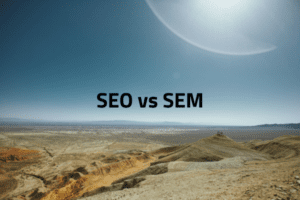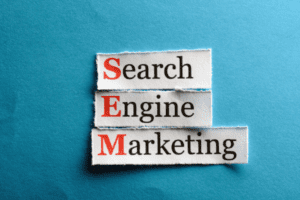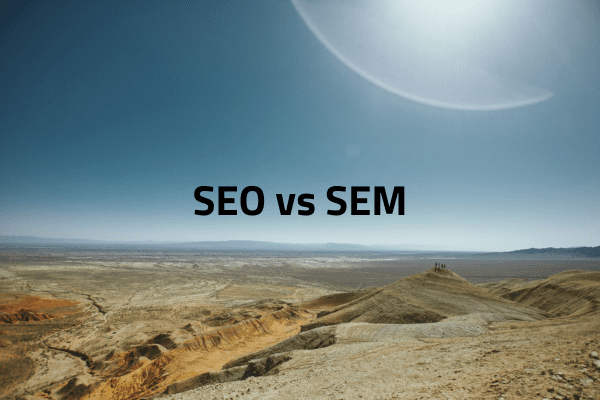Digital marketing has revolutionized the world of advertising and promotion. It has become an essential tool for businesses of all sizes to reach their target audience and promote their products or services. Digital marketing involves the use of various digital channels such as search engines, social media, email, and mobile devices to reach potential customers. In this blog, we will discuss the different aspects of digital marketing and how businesses can use it to their advantage.
Search Engine Optimization (SEO)
Search Engine Optimization (SEO) is a critical component of digital marketing. It involves optimizing a website or a web page to improve its visibility on search engine result pages (SERPs). SEO is a long-term strategy that involves a range of techniques to improve the website’s ranking on the search engines. The goal is to increase the website’s organic traffic by improving its relevance, authority, and usability.
Some of the key techniques used in SEO include keyword research, on-page optimization, link building, and content marketing. Keyword research involves identifying the most relevant and high-traffic keywords related to the business and optimizing the website’s content accordingly. On-page optimization includes optimizing the website’s title tags, meta descriptions, headers, and other on-page elements to improve its relevance and usability. Link building involves acquiring high-quality backlinks from other websites to improve the website’s authority and credibility. Content marketing involves creating and sharing high-quality content that attracts and engages the target audience.
Pay-per-click (PPC) Advertising
Pay-per-click (PPC) advertising is another critical component of digital marketing. It involves paying for ad placements on search engine result pages, social media, or other websites. The ads are displayed based on specific keywords or targeting criteria set by the advertiser. PPC advertising allows businesses to reach their target audience quickly and effectively. The ads are charged on a cost-per-click (CPC) basis, meaning that the advertiser only pays when someone clicks on the ad.
PPC advertising requires careful planning and execution to achieve the desired results. It involves keyword research, ad creation, targeting, and monitoring. Keyword research involves identifying the most relevant and high-converting keywords related to the business. Ad creation involves creating compelling ad copy and images that attract and engage the target audience. Targeting involves setting the targeting criteria, such as location, age, gender, interests, and behaviors, to reach the desired audience. Monitoring involves tracking the ad performance and optimizing the campaign based on the results.
Social Media Marketing
Social media marketing is another critical component of digital marketing. It involves using social media platforms such as Facebook, Instagram, Twitter, LinkedIn, and YouTube to reach and engage the target audience. Social media marketing allows businesses to build brand awareness, promote their products or services, and engage with their customers.
Social media marketing involves creating and sharing content that resonates with the target audience. The content can be in various formats, such as text, images, videos, or live streams. The goal is to create content that is relevant, valuable, and shareable. Social media marketing also involves engaging with the target audience through comments, likes, shares, and messages. The goal is to build relationships and trust with the target audience.
Email Marketing
Email marketing is another critical component of digital marketing. It involves sending targeted and personalized emails to the subscribers to promote products or services, build relationships, and increase sales. Email marketing allows businesses to reach their target audience directly and cost-effectively.
Email marketing involves building an email list of subscribers who have opted-in to receive emails from the business. The list can be built through various methods, such as website opt-ins, social media, events, and contests. The emails are then created and sent based on the subscriber’s preferences and behavior. The goal is to create compelling emails that grab the subscriber’s attention, provide value, and encourage them to take action.
Content Marketing
Content marketing is the process of creating and sharing valuable and relevant content to attract and engage the target audience. The content can be in various formats, such as blog posts, articles, videos, infographics, podcasts, and eBooks. The goal is to provide useful information that addresses the target audience’s pain points and interests. Content marketing can help businesses build brand awareness, establish thought leadership, and generate leads.
Influencer Marketing
Influencer marketing involves partnering with influential people on social media to promote products or services. Influencers have a large following and influence over their audience’s purchasing decisions. Partnering with influencers can help businesses reach their target audience quickly and effectively. Influencer marketing can be done through various methods, such as sponsored posts, product reviews, and affiliate marketing.
Mobile Marketing
Mobile marketing involves reaching the target audience through mobile devices such as smartphones and tablets. Mobile marketing can be done through various channels, such as mobile apps, SMS, push notifications, and mobile-friendly websites. Mobile marketing can help businesses reach their target audience on-the-go and provide a seamless user experience.
Analytics and Reporting
Analytics and reporting are critical components of digital marketing. They involve tracking and analyzing various metrics to measure the performance of the digital marketing campaigns. The metrics can include website traffic, engagement, conversions, ROI, and customer lifetime value. Analytics and reporting can help businesses optimize their campaigns based on the results and improve their overall digital marketing strategy.
Digital marketing is a constantly evolving field that requires businesses to stay up-to-date with the latest trends and best practices. By using various digital channels effectively, businesses can reach their target audience and promote their products or services effectively. The key to success in digital marketing is to create a comprehensive strategy that incorporates various components, such as SEO, PPC advertising, social media marketing, email marketing, content marketing, influencer marketing, mobile marketing, and analytics and reporting. With the right approach and execution, digital marketing can help businesses achieve their marketing goals and grow their bottom line.
















One Response